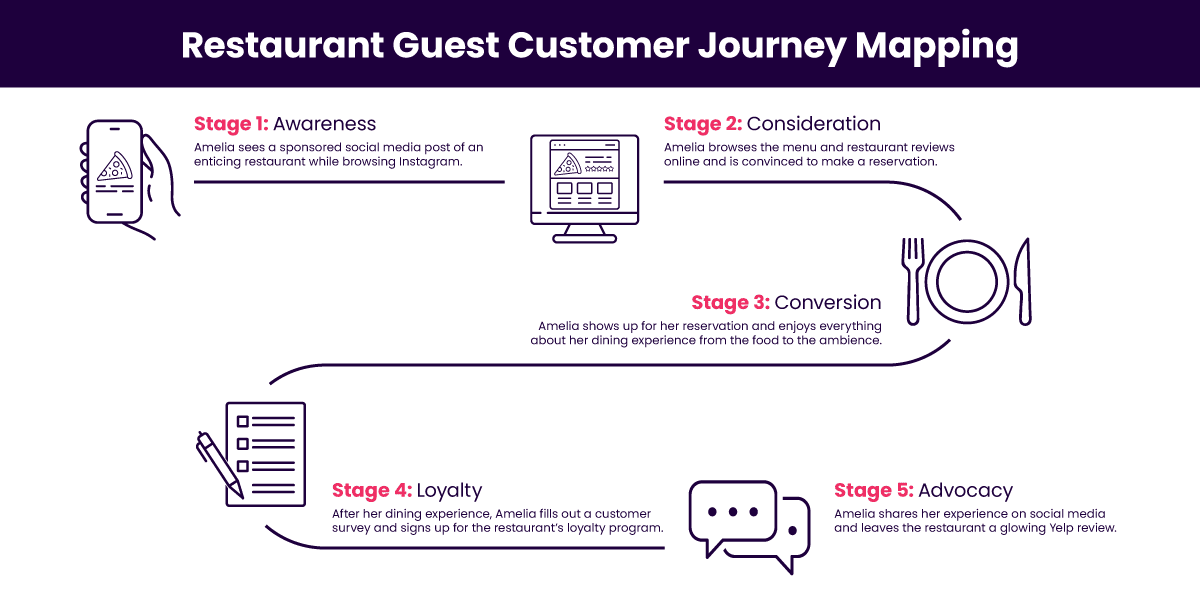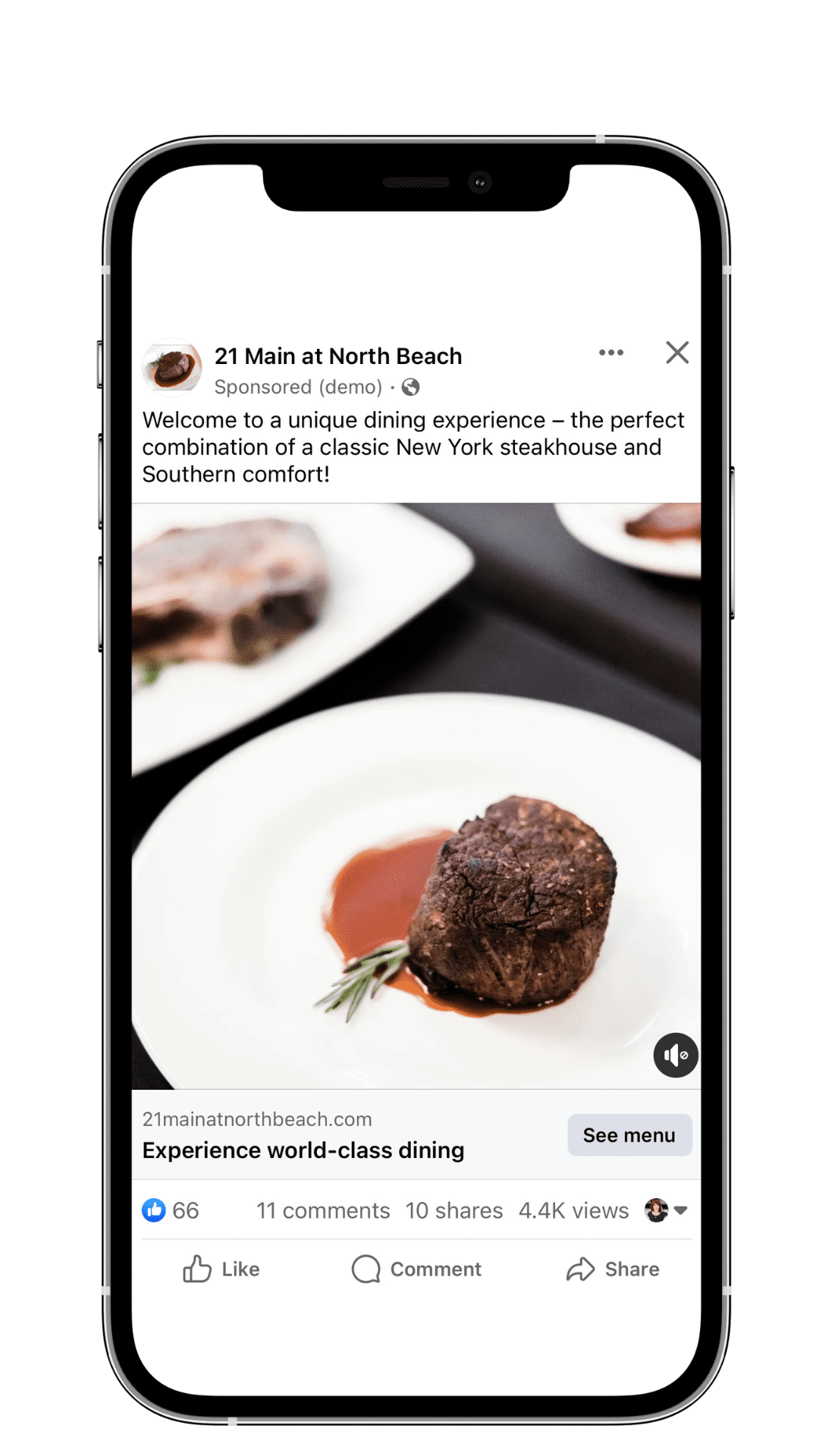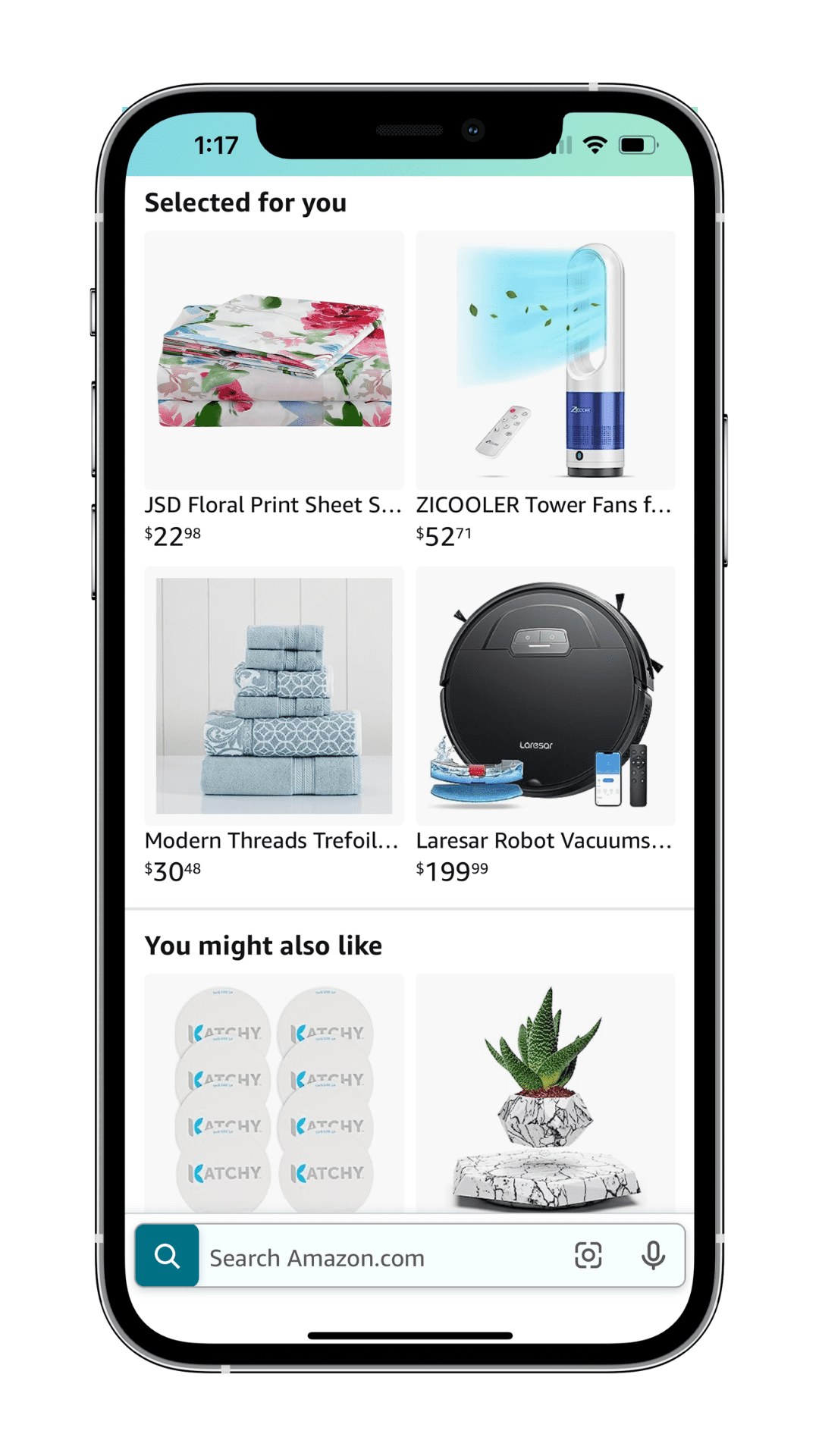Are you on a quest to deliver unforgettable experiences to your customers? Look no further! Customer Journey Mapping is the compass that can help you navigate the path to creating seamless interactions that leave a lasting impression.
Let’s explore the why, what, and how of customer journey mapping and discover how it can revolutionize your marketing strategy.
The Whys and Hows of Customer Journey Mapping
Customer Journey Mapping is a strategic process that visualizes a customer’s end-to-end experience with your brand, from the first touchpoint to post-purchase interactions.
Understanding your customers’ journey is essential for several reasons:
Empathy-Driven Approach
By putting yourself in your customers’ shoes, you can identify pain points and moments of delight, allowing you to create marketing strategies that resonate with their needs.
Holistic View
Mapping the customer journey provides a comprehensive view of how customers interact with your brand across various channels and touchpoints.
Opportunity Spotting
Uncovering gaps in the customer journey presents opportunities to enhance the overall experience and drive customer loyalty.
Steps to Create a Customer Journey Map
Now that you understand the importance of customer journey mapping let’s explore the steps to create an effective map:
Step 1: Define Personas
Start by segmenting your customers into personas based on demographics, behaviors, and preferences. Each persona represents a distinct journey, allowing you to cater to their specific needs.
Step 2: Identify Touchpoints
List all the touchpoints where customers interact with your brand, such as social media, website, email, customer service, and in-store visits.
Step 3: Gather Customer Feedback
Utilize surveys, feedback forms, and customer reviews to gather valuable insights about their experiences at different touchpoints.
Step 4: Plot the Journey
Create a visual representation of the customer journey, mapping each persona’s interactions across the touchpoints. Use data and customer feedback to guide your mapping.
The Five Stages of a Successful Customer Journey Map
To create a holistic customer journey map, let’s explore the five key stages with examples that a restaurant brand may include.

Stage 1: Awareness
The awareness stage is where potential customers discover your brand for the first time. This includes various marketing efforts such as social media campaigns, content marketing, influencer partnerships, and advertisements. Identify the touchpoints that drive brand awareness and monitor your marketing efforts’ effectiveness in capturing your target audience’s attention.
Example: A potential diner discovers your restaurant through a sponsored social media post showcasing your mouthwatering dishes and unique ambiance. Your restaurant’s Instagram feed captures their attention, and they decide to explore your website for more information.

Sponsored social media post for 21 Main at North Beach restaurant
Stage 2: Consideration
During the consideration stage, potential customers are evaluating your products or services. This is the time to provide valuable information, comparisons, and customer reviews to help them make informed decisions. Ensure a seamless transition from awareness to consideration, and focus on building trust and credibility.
Example: After browsing your menu and reading positive reviews on popular review platforms like Yelp and Google, the potential diner decides to make a reservation for a special occasion. They are considering your restaurant, among other options but are impressed by the genuine responses to customer reviews, which boosts their confidence in your brand.

Google review for 21 Main at North Beach restaurant
Stage 3: Conversion
The conversion stage is the pinnacle of the customer journey, where a prospect becomes a paying customer. Streamline the conversion process, whether it’s through a smooth online purchase, a hassle-free sign-up, or an efficient online reservation system. Reduce friction and eliminate any obstacles that might deter customers from completing their purchases.
Example: On the day of their reservation, the diner arrives at your restaurant, where the host warmly welcomes them. The attentive and knowledgeable waitstaff helps them navigate the menu and recommends their signature dishes. The diner thoroughly enjoys their meal, and the seamless payment process leaves a lasting positive impression.

Customers enjoy dining at 21 Main at North Beach
Stage 4: Loyalty
After converting customers, the focus shifts to building loyalty and encouraging repeat business. Personalization, excellent customer service, and loyalty programs are essential during this stage. Gather feedback and data to understand customer satisfaction and identify opportunities to enhance the post-purchase experience.
Example: The diner had an exceptional dining experience and decides to join your restaurant’s loyalty program to receive exclusive offers and updates. They also provide feedback through a post-meal survey, expressing appreciation for the attentive service and delectable cuisine.
Stage 5: Advocacy
The advocacy stage is the cherry on top of a successful customer journey. Delighted customers become brand advocates, promoting your products or services to others. You can foster advocacy by encouraging reviews, implementing referral programs, and showcasing customer success stories.
Example: The diner, now a loyal patron, shares their delightful experience on social media, tagging your restaurant’s official accounts. Their glowing review on Yelp becomes one of the top-rated testimonials, attracting more potential diners to your establishment.
View this post on InstagramA post shared by Horry | Georgetown Foodie (@horrygeorgetown_foodie)
Social media post about a restaurant experience at 21 Main at North Beach
Analyzing the Customer Journey Map
Once you have your customer journey map in hand, it’s time to analyze and identify areas for improvement:
Pain Points
Pinpoint moments that cause frustration, confusion, or dissatisfaction. Addressing these pain points can significantly improve the overall experience.
In our restaurant example, this could be not offering a simple online reservation booking option for a potential customer who doesn’t want to pick up their phone and call you.
Moments of Delight
Discover instances where customers have delightful experiences. Capitalize on these positive moments to enhance brand loyalty and advocacy.
For our restaurant guest who booked a reservation for a special occasion, this may be a complimentary dessert or champagne toast to help mark the event, which leads to the guests sharing the moment on social media.
Crafting Enhanced Marketing Strategies
Armed with insights from your customer journey map, let’s explore how you can use this knowledge to improve your marketing efforts:
Personalization
Tailor your marketing messages and content based on each persona’s preferences and touchpoints. This personalization can boost engagement and conversion rates.
Seamless Omnichannel Experience
Ensure consistency across all channels, providing a seamless transition as customers move from one touchpoint to another. This integration fosters a cohesive brand experience.
Email Marketing
Use customer journey insights to send targeted and relevant emails to specific personas at different stages of their journey. This approach can lead to higher open and click-through rates.
Real-Life Success Stories
Let’s take a look at some real examples of brands using customer journey mapping to elevate their marketing game:
Amazon
The e-commerce giant analyzes customer behavior at every stage of their journey, enabling them to recommend products tailored to each user’s interests. This personalized approach significantly contributes to their success.

Amazon’s personalized shopping experience recommends products for each customer
Starbucks
Starbucks uses its mobile app to enhance the customer journey by offering rewards, enabling mobile ordering, and delivering personalized promotions based on past purchases.

Starbucks mobile app offers rewards, mobile ordering, and personalized promotions
The Ever-Evolving Journey
Remember, customer journey mapping is not a one-and-done task. Customer behaviors change, and new touchpoints emerge over time.
(Do you remember before DoorDash and UberEats? When you could only order pizza or Chinese food delivered?)
Continuously update and refine your map to stay relevant and adapt to your customers’ evolving needs.
Charting Your Way to Customer Delight
Customer Journey Mapping is the compass that guides your brand toward delivering exceptional experiences. By understanding your customers inside out, identifying pain points, and leveraging opportunities, you can revolutionize your marketing strategy and create long-lasting connections with your audience.
Ready to embark on this transformative journey? Contact ELMNTL today, and let’s set sail on the path to customer delight!







